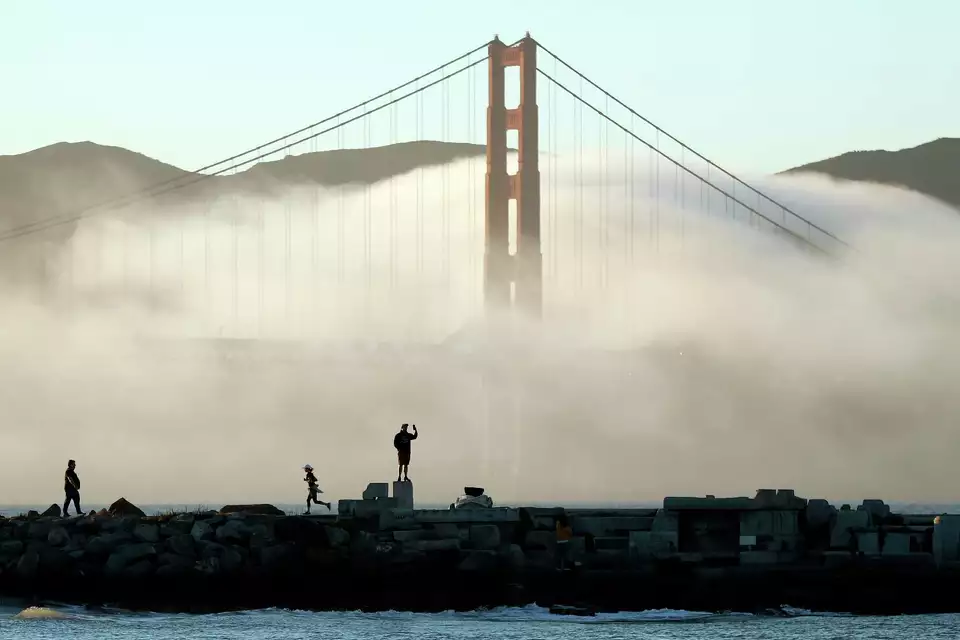What is fog? It is one of the most elusive, unpredictable, and under appreciated parts of weather. In a nutshell, ocean/coastal fog is formed when moist and warm air moves over colder waters, causing that air to condense just enough, to form a low-lying ‘thick’ cloud, or in other words, fog!
Personally, I love fog. Its rolling hills and fields aren’t only magnificent and captivating, but they are also what saves California’s coats from burning down, literally and figuratively, in the summer, and what feeds our forests and crops with water. In San Francisco this iconic fog even has its own name: Karl. But Karl, and its neighboring ‘fogs’ may be at risk of disappearing.
One of the most commonly accepted facts about climate change is that the Earth has been gradually warming. The problem with that is that an increased global temperature makes fog less likely to form as fog is formed through water condensing and that requires lower temperatures. Offshore-flow, air flow that travels from land to the ocean, will become warmer as the land heats.
Hence, the warmer offshore-flow may start to dry the marine boundary level more the part of Earth’s atmosphere that is directly influenced by Earth’s oceans. A more dry marine boundary level will then cause the fog deck, the area where fog can be formed, to lift, decreasing the chances of San Francisco’s world famous fog, Karl, to form.
Fog is crucial for many living organisms in the Bay Area. Most importantly, redwoods rely on fog to get 40% of their water. Multiple studies have shown that with the decrease of foggy days in Southern California, redwood tree crowns have already started to thin or slowly die off.
It is important to realize that our ecosystems may not be the only ones affected by this. Studies from San Francisco State University show that strawberries perform better in foggy environments—they require less water to grow and hence cost less to produce. Other crops are also affected; white wine grapes have started to taste differently because fog in Sonoma and Napa is on the decrease.
But fog is illusive and invasive and unpredictable like a person. Fog happens due to many different factors like wind direction and strength, or sky conditions. This is why it is so hard to predict when fog is going to form or not, especially far off in the future. For example, do you know what your mom will be doing on February 14, 2025, and how she will be feeling?
No, probably not, unless it’s your or someone else’s birthday or a planned event. Same thing goes for fog: to predict fog you have to predict all the factors that go into making fog, and how those factors, together, will interact to possibly produce fog. Hence, it is really hard to make a reliable graph or forecast about fog’s rates in the future.
Also, another possibility is that increased wings due to climate change would be able to ferry fog more inland if it wouldn’t be able to form in the most coastal waters anymore as those waters would be too hot.
Fog is crucial for California and other parts of the world. It powers the biggest and tallest trees of the world, and feeds our crops with the ever more scarce water. It is so hard to predict, as many factors go into it. But it is a fair statement to say that fog is on the decline and climate change is at its roots.
Actions like conserving energy, switching to cleaner energy sources can be major benefactors for the preservation of fog for future generations of us, deer, and even strawberries.

